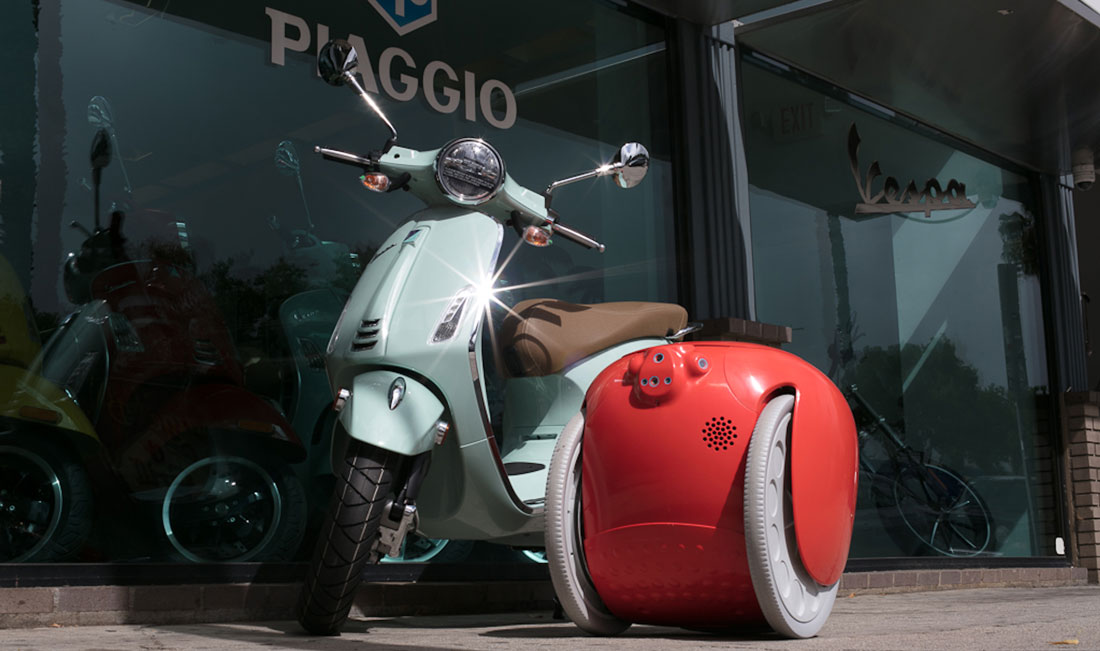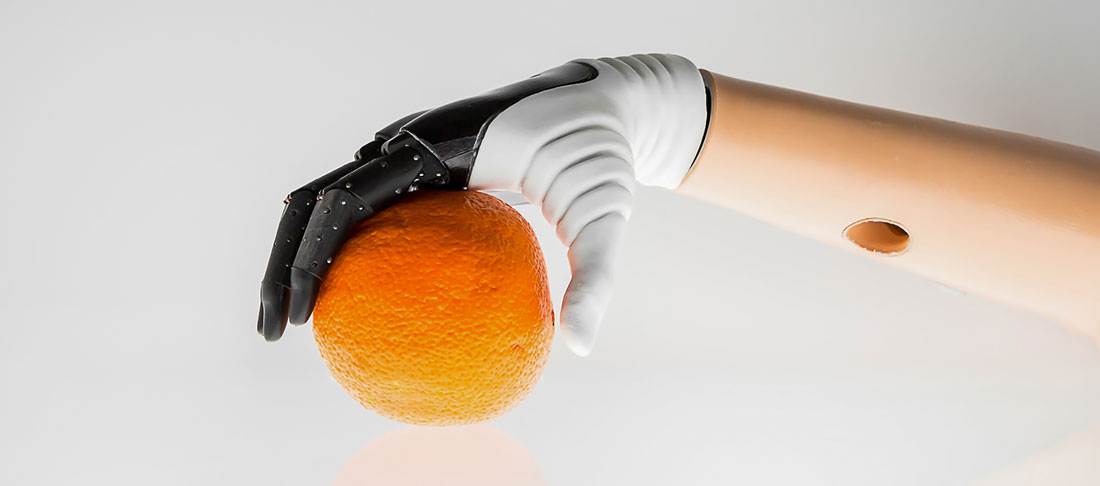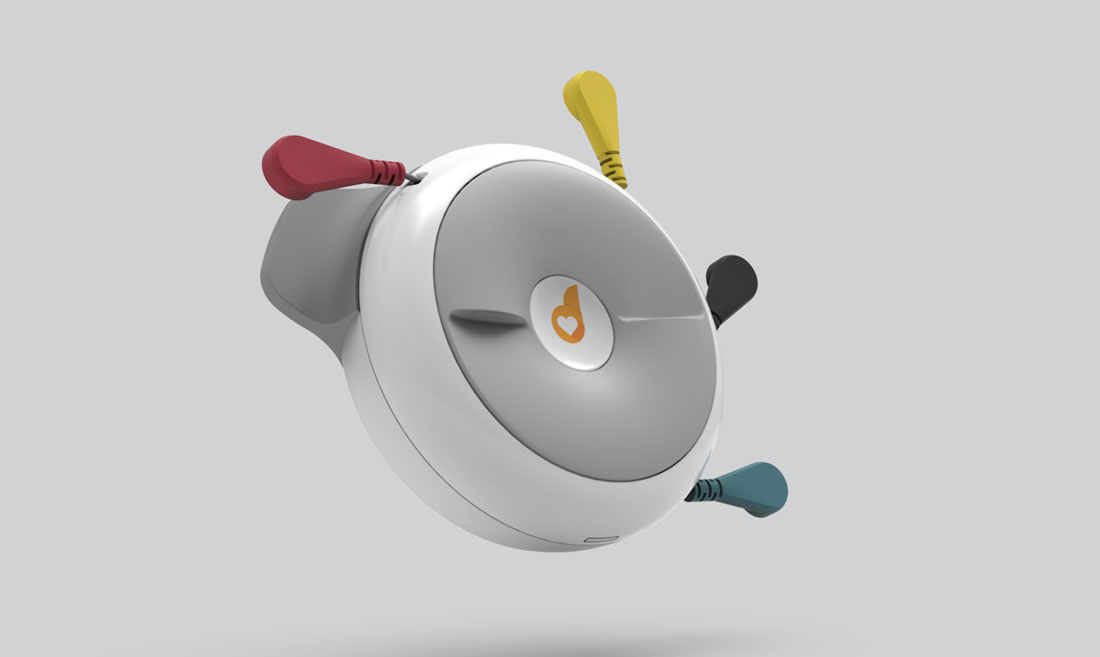Due to the recent pandemic people have acquired a degree of acceptance of all aspects of automation. Experts attribute this to the role robots have played in handling distancing operations in public places or in infrared disinfection, while interaction with digital assistants in shops or in communications in general has been positive.
Technology and sustainability
Signs are also emerging of a convergence between technology and sustainability that goes beyond technological gadgets themselves, which is what is promised by the various devices for controlling the home environment (Alexa that controls home automation) or the air. Such as the recent AirBird®, by Danish architects 3XN, which detects the presence of CO2, temperature and humidity in public places, converting them into data useful as a basis for possible intervention.
Home-Robot
In consumer electronics, technology is being personalised through the “bespoke home” idea: thus Samsung’s JetBot 90Al+ robot vacuum cleaner can be used for home monitoring through its camera and SmartThings integration. The same company has come up with concepts for two new robots for use in the home: the personal assistant Bot Care, which helps with the housework and the daily agenda, and the mechanical arm of the Bot Handy “handyman” for serving at table or performing simple everyday tasks.
Easier transport & delivery
For mobility, so-called “follow-me” vehicles capable of carrying weights and following the owner are already on the market. Such as the Gita by Piaggio Fast Forward, a division focusing on robotics and future mobility, and the robot carrier Yape for home deliveries, from the Italian start-up e-Novia, which combines science, engineering and technology.
In the medical field
Another important AI application is medical, as can be seen in the IoT examples applied to personal devices such as D-Heart, by Design Group Italia, which monitors your heart rate via a smartphone and sends data to your doctor or hospital, or the Hannes robotic-derived prosthetic hand, by the Italian Institute of Technology and INAIL Prosthesis Centre, which implements strategies based on AI algorithms; both were awarded the Compasso d’Oro.
Hyundai’s toy car for hospitalised children
Hyundai recently donated a mini toy car, developed with MIT’s MediaLab in Boston, to a children’s hospital in Barcelona. The car uses EACV (Emotional Adaptive Vehicle Control) technology to monitor heart rate, breathing and facial expression to help treat hospitalised children.
(Full article in A&D no. 247)
















